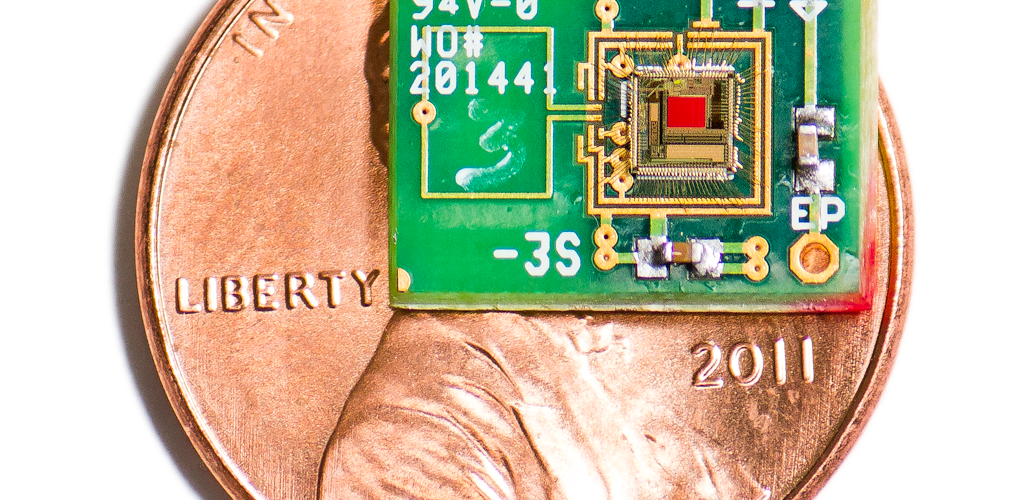The Power of Listening

First we had solar-powered cars — now we may soon have inner ear-powered hearing aids.
A team of researchers from the Massachusetts Institute of Technology (MIT) have managed to use the electrical potential present in the inner ear to power an electrical device for the first time. These devices could ultimately power cochlear implants and other implantable hearing aids indefinitely.1
The vibrations of sound waves entering the ear are received by the cochlea (our ‘organ of hearing’) and then converted into electrical signals for processing by the brain. The source of the power to create these electrical signals is provided by imbalances in potassium and sodium ions across a membrane inside the cochlea.
The cochlea produces the highest voltages of anywhere in the body — outside individual cells — though at around 80–100 mV, it is still very low. However, this voltage needs to be present for us to hear properly, meaning that only a tiny portion of it can be used to power an electrical device.
The team designed a simplified, ultra-low power consumption radio transmitter, for implant into a guinea pig’s cochlea. After implantation and an initial burst of radio waves to start the system, information on chemical composition of the cochlea was successfully transmitted, while the guinea pigs responded normally to listening tests.
In future, the system could be used to monitor biological activity in the ears of people with hearing or balance impairments, or responses to hearing therapies and potentially power implantable hearing devices.










